7 Birdie-Boosting Tips From A 14-Time PGA Tour Winner And Masters Champion
Setting up birdie opportunities on the golf course is one thing, but converting them is the key to success. These 7 tour pro tips can help you do just that...

Barry Plummer
Listening to expert golf tips from one of the best players in the world is a great way to fast-track your journey towards better golf, and 14-time PGA Tour winner and Masters Champion Adam Scott certainly fits into that category.
The 43-year-old Australian currently ranked 6th on the PGA Tour in 2023 for birdies or better conversion, with an average of 35 percent. On par 4s, Scott ranked 4th for birdie or better, thanks to his impressive ball-striking, with 165 birdies or eagles recorded.
While you may not convert as many birdies as Adam Scott, his tips can certainly help you to improve your scoring. In this article, the former World No.1 shares his advice to help your birdie percentage go up and your handicap come down...
1. Crushing The Driver
When I’m driving it my best, I’m not necessarily focusing on anything during the swing. All I’m doing is ensuring I maintain a solid set-up using a checklist of things within my posture.
The tilt from my hips is probably the most important. If I tilt my hips slightly downward in my address position, my lower body is connected to the ground and I can make a large turn against the base I’ve created. From there, I focus on taking the club away from the ball with everything moving together – arms, shoulders and spine.
2. Irons: Impact Is Everything
Your performance with irons is half the battle when it comes to increasing your birdie looks. You may have your own things to work on in your approach play, but one thing you can never work on too much is your impact position. Even at PGA Tour level, fine-tuning impact position can have enormous benefits for your distance control.
My coach and I had identified that as something to work on prior to the PGA Championship at Bellerive in Missouri. We wanted to see a different position at impact, and did that by working on me leaving my right foot on the ground longer, which had a great influence on the quality of my strikes. I finished 3rd at Bellerive.
Get the Golf Monthly Newsletter
Subscribe to the Golf Monthly newsletter to stay up to date with all the latest tour news, equipment news, reviews, head-to-heads and buyer’s guides from our team of experienced experts.
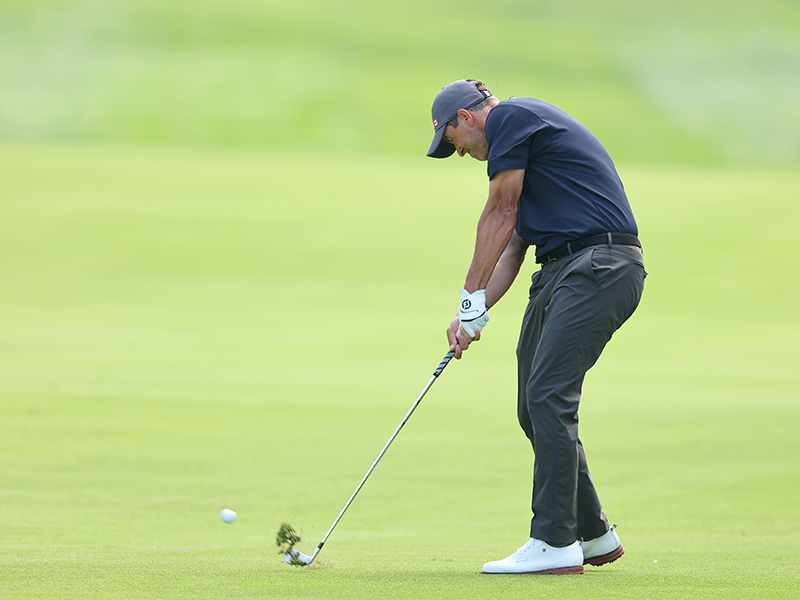
3. Knock-Down Birdies
You won’t always have the perfect full club into every green. Better players have the ability to hit three-quarter shots with their irons and work those shots in both directions to get at tucked pins.
My tendency on full swings is to come from the inside, but when you’re hitting a true knock-down fade, you need to come slightly from the outside and hold the hands off. To hit a holding draw, amateurs should really work on approaching the ball more from the inside with closed shoulders.
4. Dial In Your Wedges
To make a lot of birdies, you’ve got to be dialled in at 70 or 80 yards, especially on par 5s. If you’re not sharp at that range, there’s a good chance you’re going to ruin birdie chances and lose confidence. There shouldn’t be too much difference between what I practise and what you practise from 60–80 yards.
The 80-yard wedge shot should be a compact swing with plenty of rotation back and through. Rhythm is crucial as it helps square the clubface. Rotation is just as important as it helps maintain the club’s true loft.
Those are two traits common to good wedge players as they can then control flight and spin. If you get too handsy, it’s easy to manipulate the clubface and that leads to inconsistent trajectory and spin.

5. Putting: Find Your Grip
At the start of the 2019, I began using an arm-lock grip with a longer putter and it immediately paid off when I finished 2nd at Torrey Pines. If you want to finish off some of your birdie looks, you need to be confident and comfortable with your grip.
I learned a lot at Torrey, and although I made some errors, 28 putts for four straight days is probably one of the best I’ve ever done.
6. Birdie Sand Saves
Going for par 5s in two brings more sand into play as par-5 greens are often guarded by bunkers. Finding one shouldn’t rule you out of a birdie, but PGA Tour courses are heavily bunkered and if you’re not getting up and down, you’ll get found out.
My tendency on poor bunker shots is to lead with the handle and not let the technology in my wedges do the work. That’s the opposite of what you want, because you’ll likely catch the shot heavy due to the leading edge digging in too early.
Amateurs often take too short a swing and stop at impact, rather than swinging through the sand with nice acceleration. That produces the height and the spin you need.
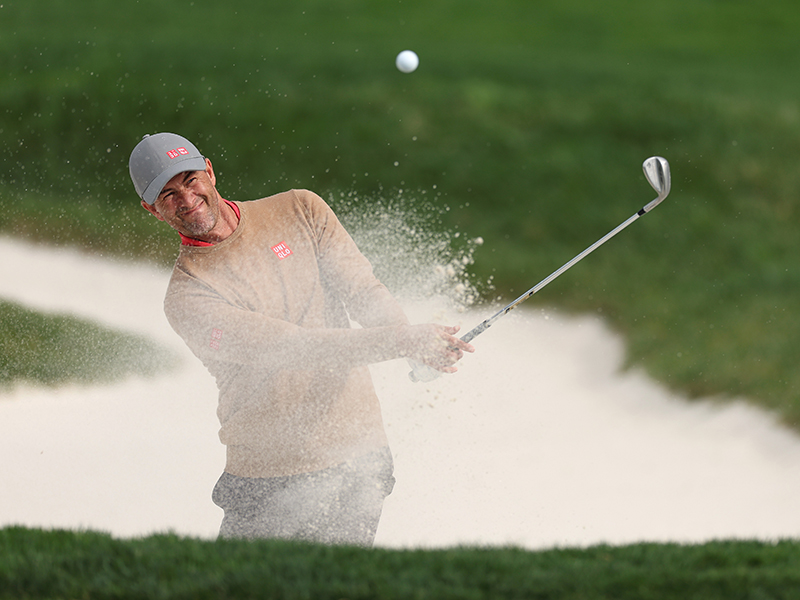
7. Bunker Drill
Practise one-handed swings with your right hand. The feel you’re after should be letting the club release past the hands. You don’t even have to hit the ball – you can just develop the feeling of taking a bigger swing and letting the club pass you as it slaps the sand. Then, try it with the golf ball and watch it splash out nicely.
Want To Read More Expert Golf Tips?
The Golf Monthly archive is a gold mine of brilliant reads, documenting a journey through the history of golf dating back to our first issue in 1911. Take advantage of over 100 years of invaluable tips from the best tour professionals and coaches in world golf, by subscribing to the online Golf Monthly Archive.
Evin was a freelance writer for Golf Monthly in 2020.
- Barry PlummerStaff Writer
-
 Justin Thomas Confirms Stand-In Caddie Will Not Replace Long-Term Looper After First Victory Since 2022
Justin Thomas Confirms Stand-In Caddie Will Not Replace Long-Term Looper After First Victory Since 2022Thomas won the RBC Heritage with Max Homa's former looper, Joe Greiner as his assistant but is looking forward to welcoming his regular caddie back soon
By Jonny Leighfield
-
 Rose Zhang Ruled Out Of Chevron Championship
Rose Zhang Ruled Out Of Chevron ChampionshipThe American hasn't featured in a competitive event since withdrawing from the T-Mobile Match Play, with it reported that Zhang will miss the Chevron Championship due to an ongoing neck injury
By Matt Cradock
-
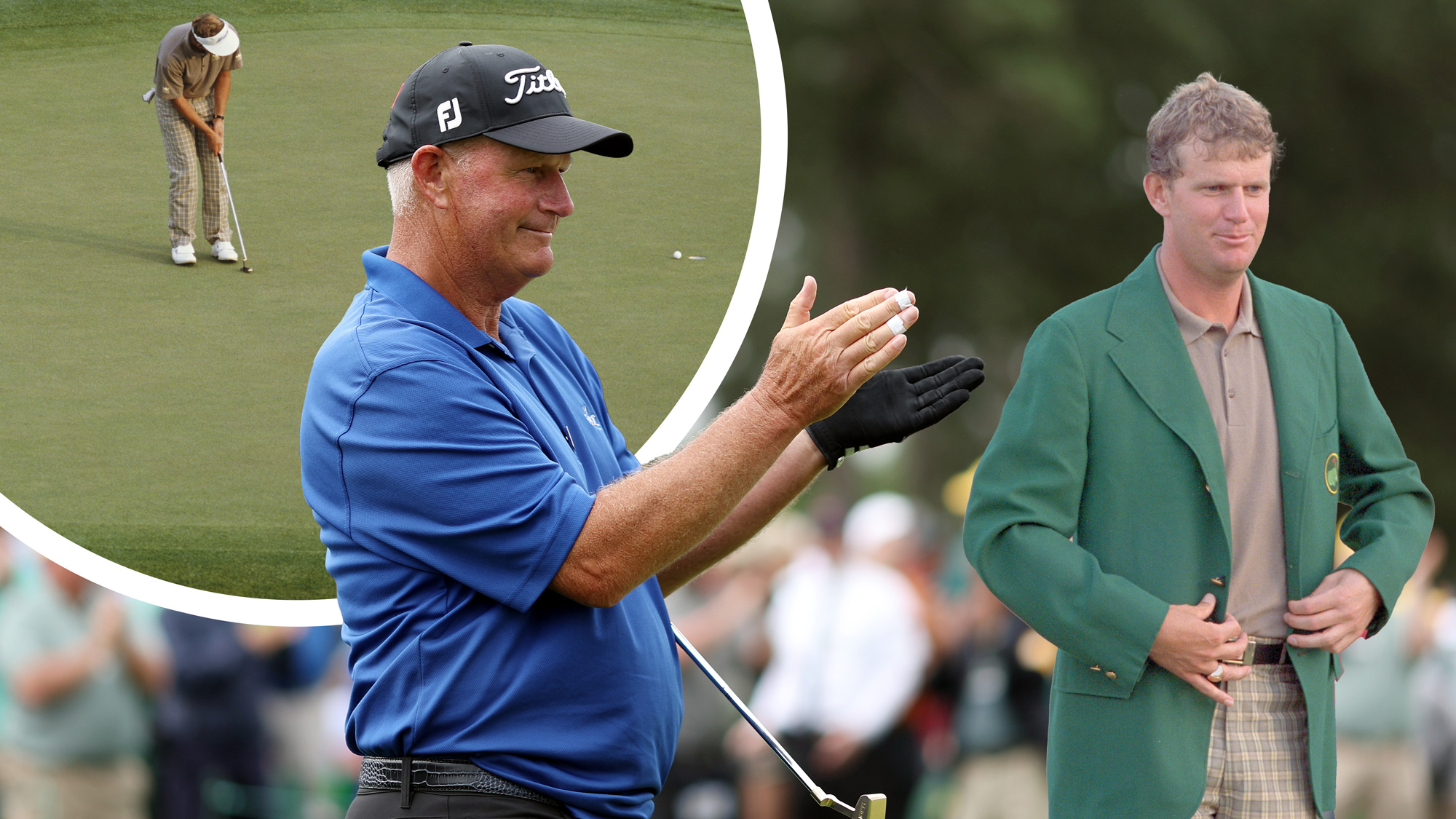 Sandy Lyle Shared 3 Top Tips With Us Prior To Winning The Masters in 1988... And They Could Still Save You Shots 37 Years Later
Sandy Lyle Shared 3 Top Tips With Us Prior To Winning The Masters in 1988... And They Could Still Save You Shots 37 Years LaterThe 1988 Masters Champion shared his expert tips in the January 1988 issue of Golf Monthly, but they are still absolute gems for amateur golfers to this day...
By Barry Plummer
-
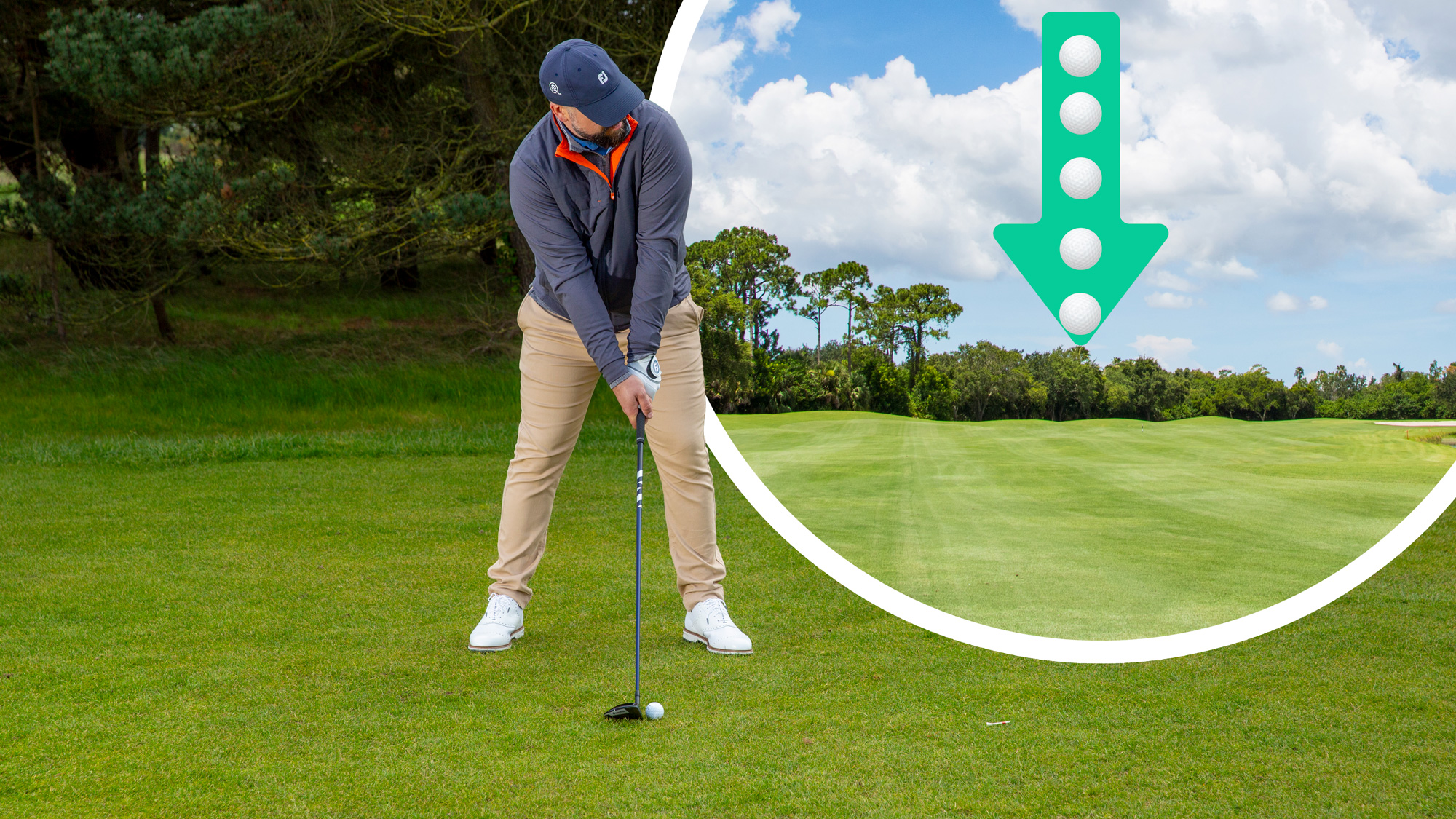 Are You More Accurate Than The Average Amateur Golfer? Peter Finch Can Help You Hit More Fairways In 2025
Are You More Accurate Than The Average Amateur Golfer? Peter Finch Can Help You Hit More Fairways In 2025There is no better feeling than striping one down the middle of the fairway, but many amateurs struggle with accuracy. Peter Finch has four pro tips to help...
By Barry Plummer
-
 Are You A Victim Of This Destructive Golf Swing Fault? Let Me Help You Fix It Before You Tee It Up This Weekend
Are You A Victim Of This Destructive Golf Swing Fault? Let Me Help You Fix It Before You Tee It Up This WeekendAn overswing in golf is a destructive habit which can cost us precious shots on the golf course, but PGA Pro John Jacobs has a quick fix to get us game ready...
By Barry Plummer
-
 Do You Struggle With Distance Off The Tee? Try This Quick Fix To Make 2025 Your Biggest Golf Season Yet
Do You Struggle With Distance Off The Tee? Try This Quick Fix To Make 2025 Your Biggest Golf Season YetStruggling with distance off the tee could be a major reason why your handicap isn't coming down or your scores aren't improving, but our quick fix can help...
By Barry Plummer
-
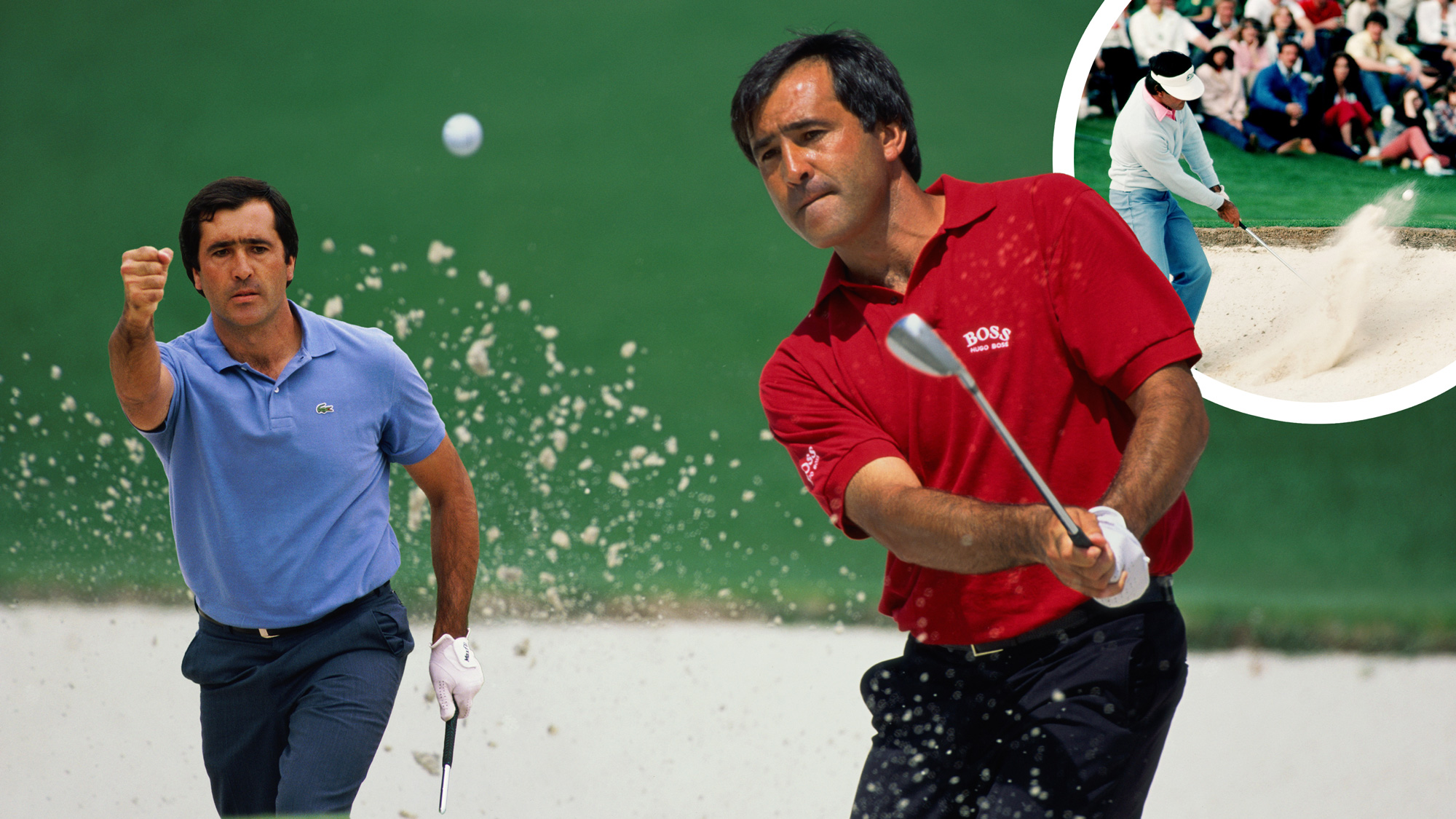 Seve's 'Lost' Bunker Lesson: Master Slopes And Transform Your Short Game Today
Seve's 'Lost' Bunker Lesson: Master Slopes And Transform Your Short Game TodaySeve's forgotten bunker lesson, from Golf Monthly's August 1983 issue, could hold the secret to better bunker play and supercharging your short game this season
By Barry Plummer
-
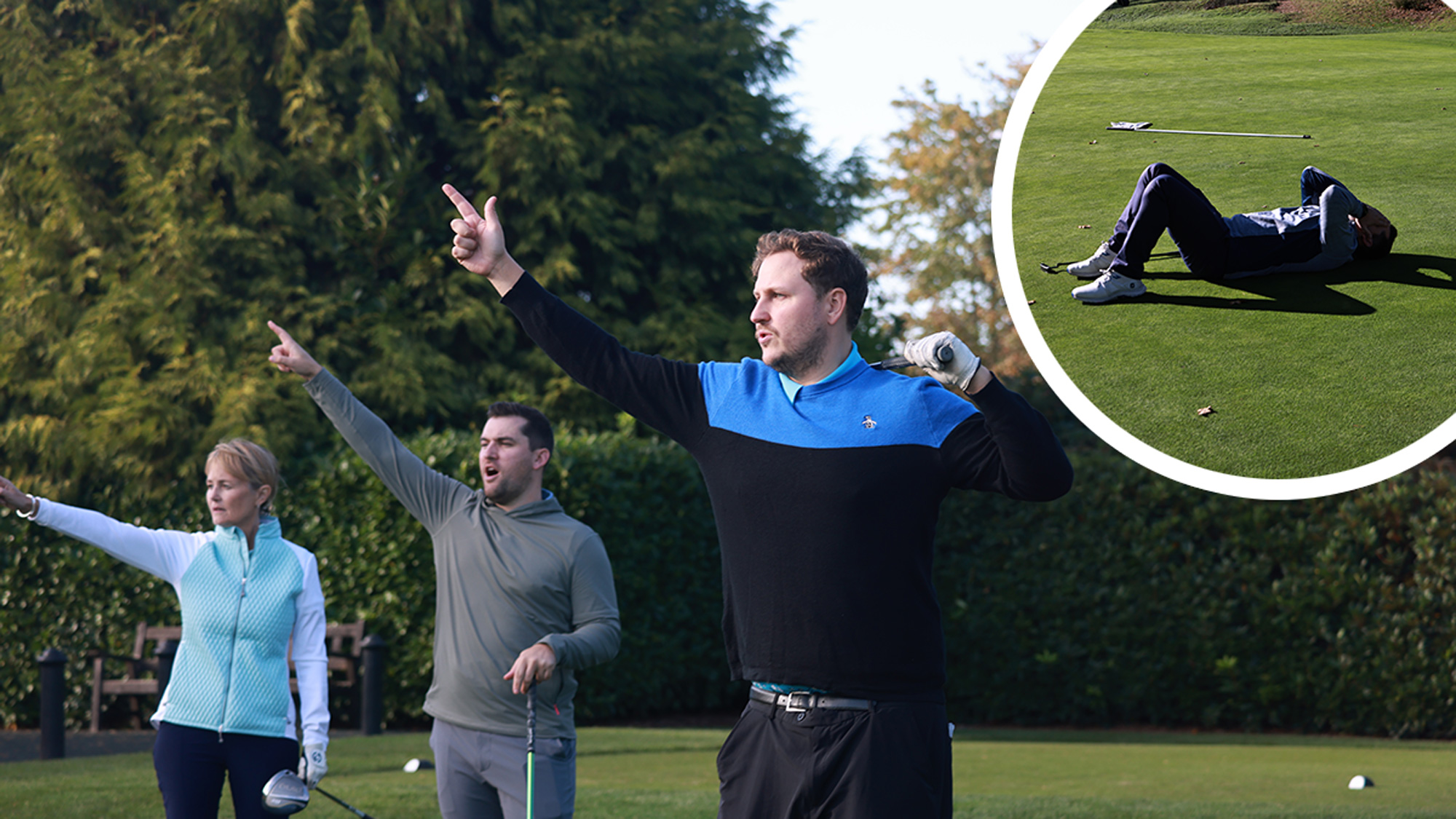 Is Your Golf Swing Failing You? This All-Encompassing Drill Can Instantly Save It
Is Your Golf Swing Failing You? This All-Encompassing Drill Can Instantly Save ItAre you struggling with your golf swing? Discover the all-encompassing drill that can fix common swing faults and restore your game. Get back on track today!
By Tom Motley
-
 I Attended An Exclusive Tee To Green Masterclass With A Top Golf Coach... Now I'm Sharing His 6 Transformative Tips With You
I Attended An Exclusive Tee To Green Masterclass With A Top Golf Coach... Now I'm Sharing His 6 Transformative Tips With YouFew golfers get the chance to spend an entire day with a top golf coach, which is why I can't keep his six expert tips to myself. Get ready to play better golf!
By Barry Plummer
-
 5 Things The Biggest Hitters Do To Generate Power In Their Golf Swing (And How You Can Copy Them)
5 Things The Biggest Hitters Do To Generate Power In Their Golf Swing (And How You Can Copy Them)Generating more power is a great way to improve your handicap and shoot lower scores. So, we analysed the biggest hitters in golf to help you hit it further...
By Barry Plummer